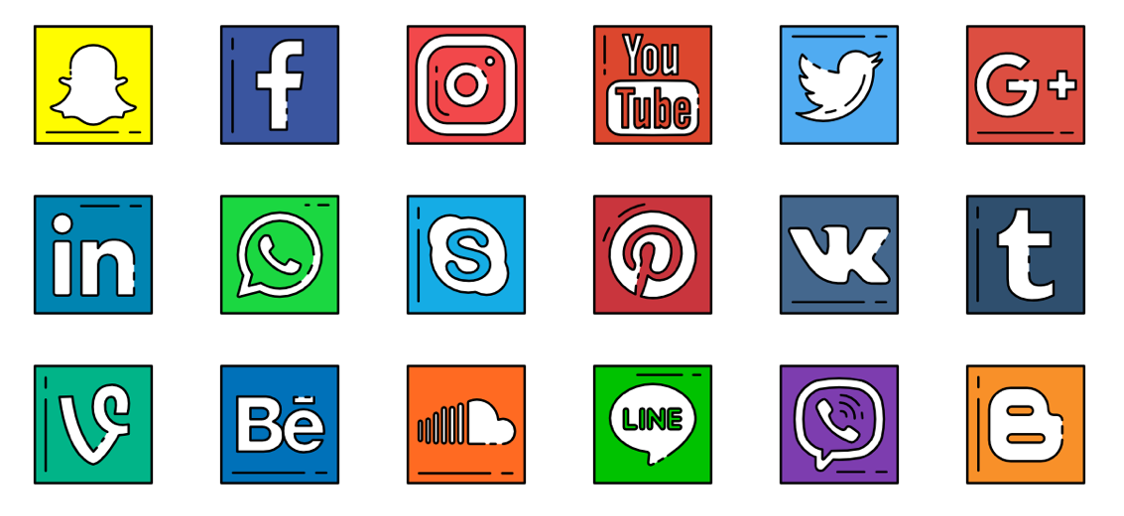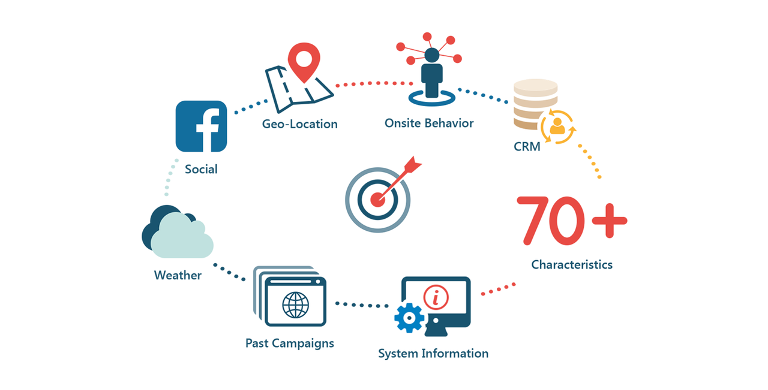by Vittorio Compagno for the Carl Kruse Blog
Have you ever found yourself staring at your phone for a long while, lost in Instagram Reels, celebrity tweets and news feeds? Of course you have.
Our smartphones offer a way to escape routine yet such flights often become habits that entrap us. We say to ourselves “just another reel”, “one more story”, “one last YouTube Video”, seemingly lacking the will to focus on other matters.
Maybe more discipline is required to break this entrapment, but don’t feel bad as billions of dollars have been invested to keep you from leaving your phone. As it turns out, wasting your time is business for others. Let’s see how and why.
How it Works
Green, red, orange, blue icons, interactive elements, emojis and more are the lassos that developers use to keep users glued to platforms. What was initially an attempt to make the user experience aesthetically pleasing has become a painstaking hunt for the interface that makes it nearly impossible for you not to use it.
The proliferation of new marketing techniques occurs due to new discoveries in the scientific and psychological fields. Understanding the human mind means understanding the consumer. This advantage has been exploited by an ongoing number of social networks and online businesses.
The color of an interface conveys a message that a company wants to communicate to the consumer’s subconscious. People recognize green as a clean and healthy color, red as a dynamic color. Blue and white colors convey communication skills, and calm the user. Furthermore, blue is associated, in the technological world, with knowledge and a higher intellect. To confirm this hypothesis, already studied thousands of times by industry experts, one can think of the most popular social media logos, which feature all these colors.

Experts believe much of this comes from millions of years of evolution of the human mind which, adapting to the surrounding environment, had to be able to distinguish healthy foods, the paths to take, its enemies. It’s also one of the reasons why clutter and asymmetry cause discomfort, since in nature a fruit or generally food that is not aesthetically pleasing has gone bad and is therefore unhealthy.
Another factor to consider is culture. In different cultures or religions, colors have different meanings. For example, black and purple communicate authority in the West, but they can also inspire fear.
The elements that go into creating an interface whose purpose is of retaining users are these, and many more, and the costs in research, development and deployment of an attractive graphic interface require significant resources.
But tech giants have resources aplenty, and, nowadays, have achieved a perfection that dwarfs the attempts of developing user interfaces of previous years.
Everything Revolves Around Marketing
Why does social media demand more of our time? If it were only concerned with communication between users, all effort for finding an attractive user interface would go into server maintenance, or the implementation of new features. However, the real purpose of free social media is to sell you something.
Many times, looking at your friends’ Instagram stories, you will come across an advertisement, and then another, and another. These invasive techniques play on your attention and platform owners generate profit every time your eyes rest on advertising for a new product or app.
The truth is the more stories and posts you scroll through, the more reels you watch, the better the complicated algorithms of social media understand your identity, preferences, and habits. This is called behavioral advertising, and it is one of the most Orwellian forms of marketing of the last decade.

So what does all this have to do with the sparkling colors, the likes that give intermittent dopamine bursts and the nice graphical interface? A lot, it seems. The more the user is inclined to spend time on a platform, the more advertising it is possible to provide and, consequently, the greater the profits for companies.
If there were no such methods of income, the platforms themselves would fail, because they would have no way to bear the costs of their servers, employees and such. Introducing a form of monthly payment doesn’t work without advertising monetization either, because that would mean fewer customers. Advertising has become the fuel of the internet, and without it, companies like Google (whose revenue consists of 88% advertising), Facebook, Twitter and Instagram would fail.
Your Only Weapon is Your Willpower
Although the idea of developing an addiction to a social network and being tracked for all the interactions you make on the web is tempting to some, many others decide to opt out, and make up for lost time. I’ve done it too, in the past, and I keep doing it from time to time, and the experience was so upsetting, I wrote an article about it.
However, not everyone can disconnect from social media for even 30 days, as many have a business to run, and being disconnected could be detrimental to many endeavors. So what are the solutions to recover those hours that the infinite scroll of content takes away?
Set Usage Time on Your Phone
Many smartphones have a do not disturb mode, or a usage time limiter. In this case, the best thing to do to make up for lost time is to limit access to social media for one hour per day. This time is more than enough to respond to customers, get in touch with friends, or lose ten minutes on Reddit.
Don’t put Your Smartphone on the Bedside Table
Okay, this is more of a tip for limiting usage when you wake up, but it’s one of the most effective for reducing social media consumption. When we go to bed we tend to use the phone for at least half an hour if not more. We do the same thing in the morning, as soon as we wake up. This is unhealthy, and can weigh down the grogginess we feel in the morning, and delay recovery time. Furthermore, the blue light of the telephone affects the our Cicardian rhythms.
Open a Book
It requires a lot of willpower, but this often provides great results. Nowadays, our concept of free time is related to watching a show on television, or giving ourselves hours in front of the phone. We rarely ask ourselves if this type of entertainment is authentic, or the pleasure it brings us is only the result of electrical impulses that communicate to our subconscious. However, we know well the disadvantages of being too much in front of the phone, or the TV. It would be much better to turn off the screens, and relax with a good book, or listen to music.
The Drastic Solution: Take a Break and Uninstall
If all the solutions above don’t work, there might be only one thing to do, and that is a drastic one. Uninstall social media apps, and see what comes. In my case it was like waking up from a dream, and realizing how much time you could recover if you weren’t immersed in your phone.
Whatever decision you want to make for yourself, whether you completely exclude social media, or simply limit its use, one thing is certain: Their colors, composition of the elements and everything else are made to make us consumers of something. Taking back your time is a favor to yourself, and once you learn how to do it, there is no turning back.
Sources:
Coloring the destination: The role of color psychology on Instagram
Influence of Colors as a Key Element in Consumer Marketing
===========
This Carl Kruse Blog homepage is at http://carlkruse.at
Contact: carl AT carlkruse DOT com
Other articles by Vittorio include Artificial Intelligence and Theater and Aviation’s Story.
The blog’s last post was on the Consolation of Psychedelics.
Also check out Carl Kruse’s other blog on this site.
